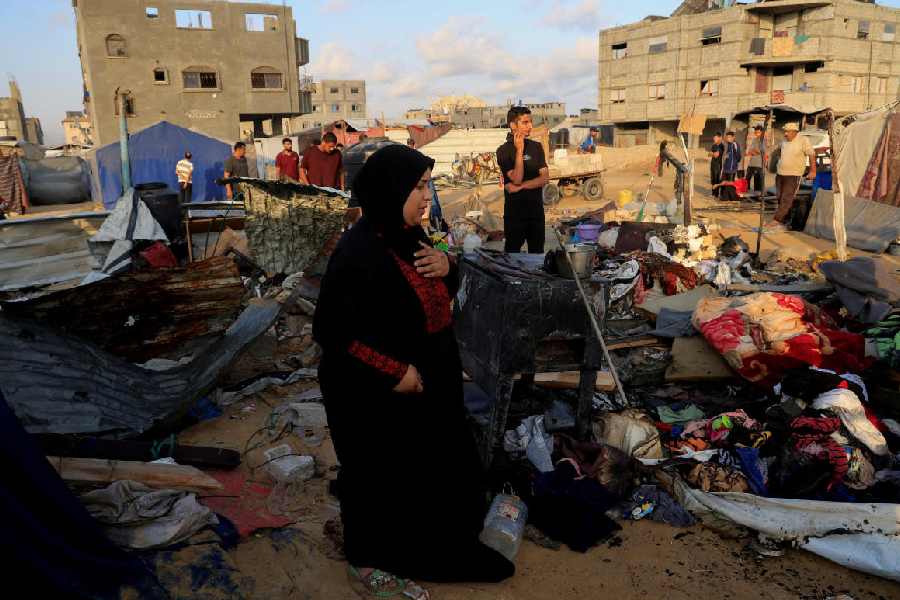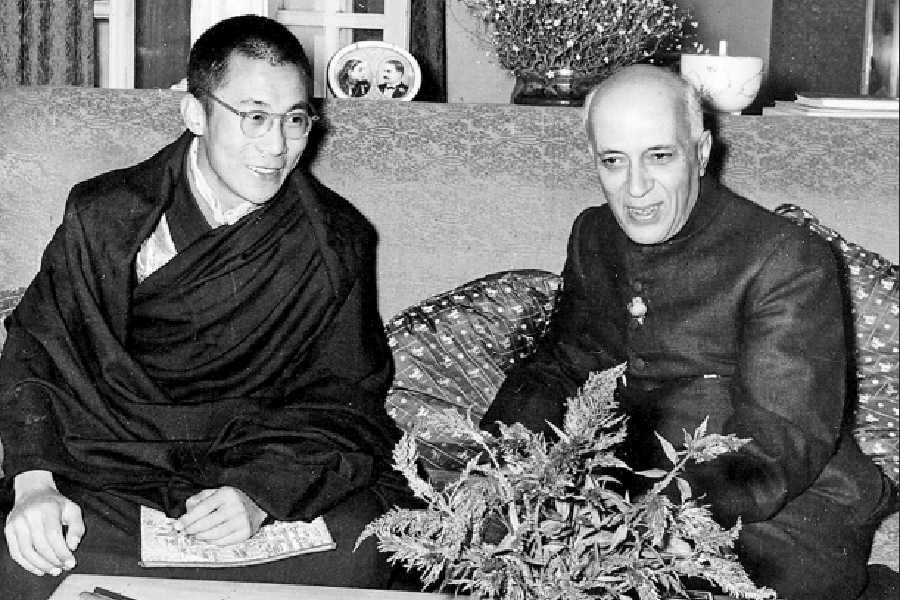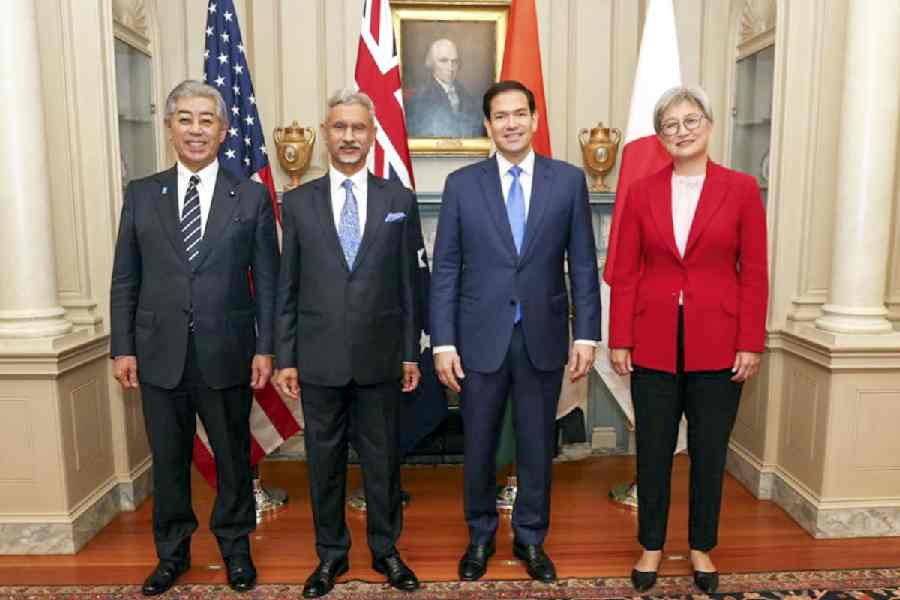 |
Kuwait, March 22: The air campaign unleashed against Iraq yesterday was designed to deliver more bombs and missiles with greater precision than ever before, in the hope of not only disabling Iraqi forces but also compelling a quick surrender.
But for all their intensity, the first waves of strikes were carefully calibrated to focus on government and military facilities, avoiding damage to power plants, bridges and other structures that serve important civilian functions. Even as government buildings in central Baghdad exploded in flames, for instance, the electricity in the capital stayed on.
Plans for the bombardment, widely dubbed “shock and awe,” called for more than 1,500 strikes in the first 24 hours. Nearly 1,000 were with air-and sea-launched cruise missiles and the rest with bombs dropped by Air Force B-1, B-2, B-52, F-15E and F-117 aircraft, and Navy F-14 and F-18 jets, flying off five aircraft carriers. British warplanes also participated.
Some targets are associated directly with Iraqi President Saddam Hussein, including palace complexes in Baghdad and in his home town of Tikrit. Many others are connected with the Iraqi military and security forces, including headquarters buildings, other command structures, communications links, air defence sites and suspected storage areas for chemical or biological weapons.
Facilities were struck in the northern cities of Kirkuk and Mosul as well as in Baghdad and Tikrit. Iraqi forces in the field are not being targeted yet, several officials said. Conventional military units also are largely being spared, with the emphasis on facilities belonging to troops considered most loyal to the regime — Republican Guard divisions, Special Republican Guard units and the Special Security Office.
Televised images yesterday of the first wave of attacks demolishing buildings in central Baghdad prompted some comparisons with the indiscriminate bombing campaigns of World War II.
“There is no comparison,” defence secretary Donald H. Rumsfeld declared at a Pentagon news conference, alluding to the TV commentary. “The weapons that are being used today have a degree of precision that no one ever dreamt of in a prior conflict.”
But other defence officials acknowledged that the planned bombing, because of its scale and complexity, ran the risk of raising civilian deaths and damage to civilian property to levels that could undercut the US war campaign.
Yesterday’s escalation came nearly two days after the first US air attacks of the war, which included an assault on a compound in southeastern Baghdad suspected of housing Saddam and his two sons. Gen. Richard B. Myers, chairman of the joint chiefs of staff, disclosed yesterday that two other targets in Baghdad were struck in that pre-dawn raid — the intelligence service headquarters and a Republican Guard facility.
Later that day, he added, sea-launched cruise missiles were sent against eight targets in Baghdad, including several Special Security Organisation sites and three Republican Guard targets in Kirkuk.
Those limited attacks raised speculation that the Bush administration had changed its initial war plan and was delaying the start of a much more aggressive bombing campaign that had been widely forecast. But Pentagon officials said yesterday that the original timetable had provided for large-scale air campaign to begin at about the hour it did — 9 pm in Baghdad (1830 GMT).
That plan also called for US and British ground troops to push off into Iraq from Kuwait about nine hours after the bombing started. That sequence was reversed, officials said, with US military commanders deciding to initiate the ground campaign one day ahead of the escalated bombing.
Pentagon officials cited two reasons for the adjustment. One was concern that the ground forces had become the target of sporadic but menacing Iraqi missile attacks. The second was alarm that some oil fields in southern Iraq were being set on fire.
With the advance of the ground troops and evidence that Iraq’s leadership was in some disarray as a result of the first air attacks, US officials had continued to hope for an early capitulation. Public appeals and secret contacts aimed at persuading Iraqi forces to surrender were stepped up.
But Rumsfeld indicated yesterday that the decision was made to proceed with the air campaign after concluding that other efforts at persuasion were not working. “It was the absolute last choice, after every single other thing that could be done had been done,” he said at a Pentagon news conference.
Other officials noted that the air campaign plan is flexible and can be adjusted in response to developments in Iraq.











